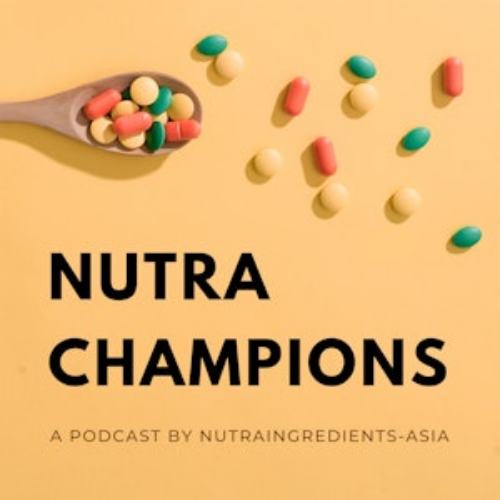China dominates 2017 APAC food scandal chart as tougher regulations take their toll

Analysis shows that around 400 food and drink crises have played out in the media in China, Hong Kong, Japan, Australia, Malaysia, the Philippines and Singapore over the past two years.
But whereas in 2016 the majority of scandals (almost one-third) could be classed as food poisonings or contaminations, in 2017 the majority were related to failing regulatory standards.
Breaches of rules grew from being responsible for 18% of all food and beverage media crises in 2016, to 47% in 2017.
Almost all (90%) of the regulatory failures monitored were in China where the China Food and Drug Administration has strengthened its scrutiny of regulatory compliance
Furthermore, the report published by communications agency FleishmanHillard, stated that rthe growing number of e-commerce channels were increasing the complexity of F&B supply chains and adding more room for error, “with online retailers… found to be selling substandard products”.
In terms of categories, confectionery accounted for the largest proportion of regional scandals in 2017, overtaking meat and seafood from the previous year.
Beverage woes
The report states one of the most notable crises was the recall of 2.74 million cups of Haagen-Dazs ice cream in Japan after pieces of black rubber were discovered inside of the product.
The beverage industry has also had a larger share of crises over the past year than in 2016. For instance, batches of distilled water, lemon tea and Vitasoy milk produced by Vitasoy from Hong Kong were prohibited from entering China as they failed to comply with the regulatory standards of the national authorities.
It is highly likely that regulatory breaches will continue to dominate the negative press faced by the industry, with many governments across the region starting to demand greater transparency around labelling, health and especially sugar content.
Thailand and the Phillipines recently introduced taxes on sugar-sweetened beverages in their battle against obesity and diabetes, while debate around tariffs in Singapore, Australia and Malaysia continues to rage.
Furthermore, Singapore beefed up its regulations on the sector through amendments to the Sale of Food Act (Sofa) that included provisions enabling recalls when contamination is suspected rather than waiting for test results. The amendments also tightened up the rules around claims in advertising and on packaging, as well as requiring infant formula companies to encourage breastfeeding on their packaging.
And China’s National Food Safety Law is considered to be the harshest in the industry’s history following amendments made in 2015, with 90% of the previous regulations being amended and 49 new rules added. The sharp rise in products failing to meet regulatory standards in China points to a significant rise in enforcement of the new regulations.













